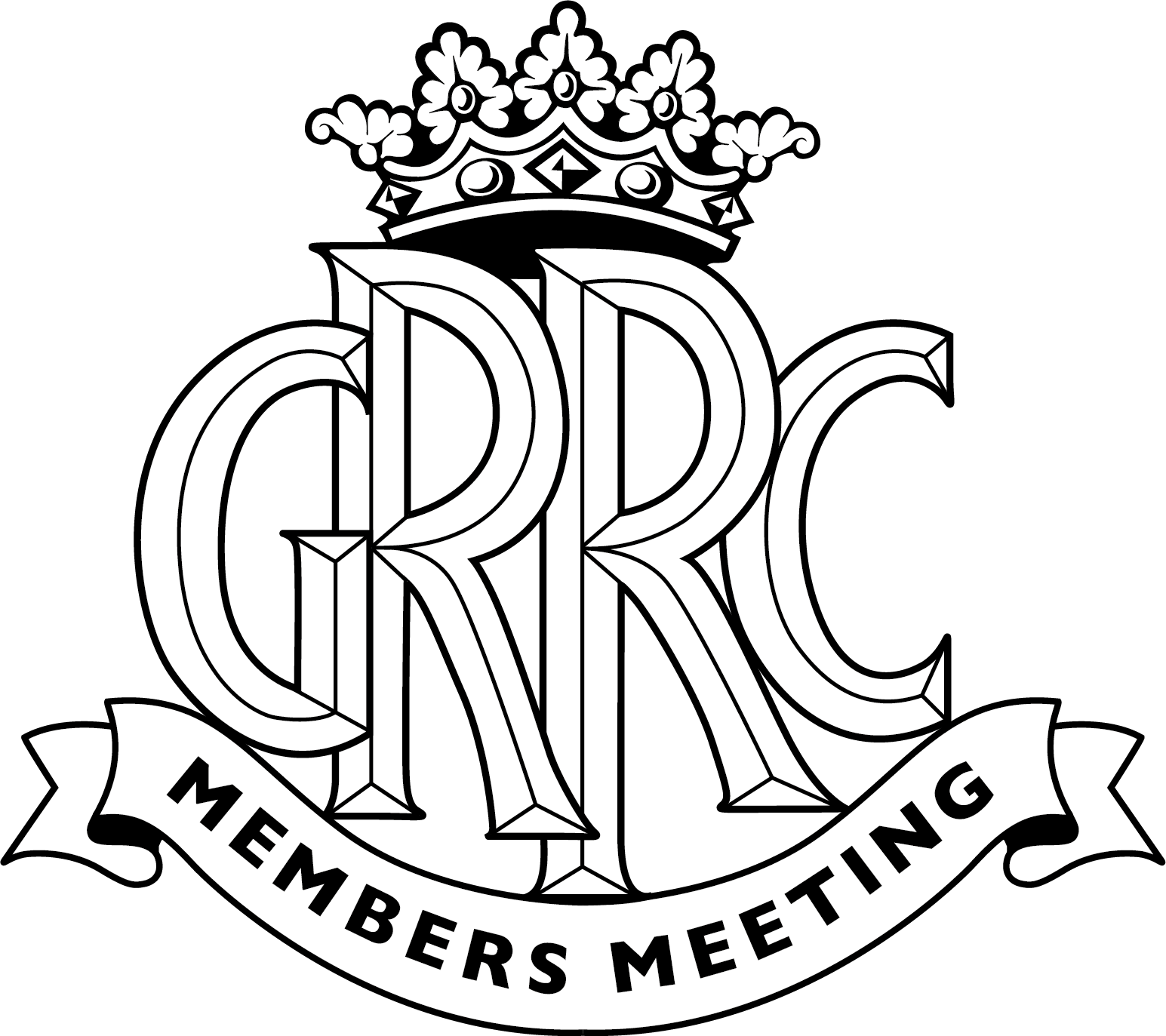Nine British classics turning 60 in 2022 | Axon's Automotive Anorak
Sixty years ago, the British motor industry was on a high as the third largest passenger car-producing nation in the world in 1962, after the USA and Germany, with 44.1 per cent of the 1,249,426 cars produced being exported. A number of these important passenger cars – most now regarded as classics – were introduced 60 years ago, way back in 1962.
The launch of a number of significant classics, built overseas, also took place in 1962, including the legendary Ferrari 250 GTO, the Alfa Romeo Giulia T.I., advanced Studebaker Avanti and the Rene Bonnet Djet – the world’s first production mid-engined sports car – but I shall return to these, and others, in a later Anorak and just concentrate for the moment on ten major new British cars first seen 60 years ago in 1962.

MGB
The best-selling British sports car ever made, with almost 207,00 examples built, right up until 1980, the now cult MGB first appeared in 1962 in two-seat drop-head only form (with the stylish MGB GT coupe variant with tailgate first introduced in 1965) to replace the previous MGA model. Now widely considered to be the epitome of a classic British sports car, today the MGB has a large aftermarket industry to support it, with many brand-new specialist parts available, including complete body shells! Rear-wheel-drive with just enough performance to help recall all of the nostalgic thrills that motoring 60 years ago provided, the 60th anniversary of the MGB will be marked at this year’s Goodwood Revival with a dedicated all-MGB race in the Lavant Cup.

Lotus Elan
Unquestionably one of the stand-out British sports cars of all time. Setting the handling benchmark very high in its day, the lightweight fibreglass Lotus Elan featured an innovative backbone frame, with all-independent springing and all-round disc braking, plus the debut of Colin Chapman’s excellent (but fragile) 1.5-litre twin-cam Lotus engine that one year later found a home under the bonnet of the cult performance Lotus Cortina. Initially available in kit or factory-built form, the Elan lived on until 1973 in four updated forms, culminating in the outstanding Sprint derivative of 1971, with a 128PS (94kW) big-valve engine to give 120mph potential and distinctive two-tone coachwork. An all-time classic that most other sports car makers aspired (but failed) to better.

Triumph Spitfire
Another now-legendary British sports car classic that also first appeared in 1962, and went on to enjoy a long production run via numerous updates, lasting almost 20 years. The affordable Spitfire was launched as Triumph’s wind-in-the-hair direct two-seater drop-top rival to BMC’s MG Midget, ironically later sharing showroom space in British Leyland/BL dealerships when both Triumph and MG became part of the huge Leyland combine in 1968. Based on simple Triumph Herald 1,148cc mechanicals and its separate chassis, the sporting Spitfire featured appealing down-swept Michelotti styling (in line with all other Triumph models of the era). In 1970 the original Spitfire 4’s ‘piggy’ rounded tail design was updated by Michelotti with a sharper rear end to better reflect Triumph’s new ‘family look’ styling, as found on the marque’s larger 2000 and Stag models. Spitfire production finally ended in 1981 with the 1500 model, as introduced in 1975.

Aston Martin DB4 Vantage
Four years after the introduction of the beautiful Touring of Milan-styled bluff-front Aston Martin DB4, in March 1962 the exclusive Newport Pagnell sports car maker introduced a more purposeful high-compression 270PS (198kW) Vantage version, featuring the now-iconic slanted nose, front-hinged bonnet and faired-in headlight styling, later adopted for the DB5 successor model of 1965.

Ford Consul Cortina
In production at Ford’s giant Dagenham plant from the spring of 1962, but not publicly launched until the September of that year in two-door saloon form only initially (the four-door arriving in October 1962), the Ford Consul Cortina (to give the model its original full name, later shortened to just ‘Cortina’ from 1965). Jointly developed with Ford of Dearborn’s backing as the Cardinal and Archbishop project with Ford of Germany, the UK mid-size family saloon followed Ford’s traditional front engine/rear-wheel-drive layout, unlike its more advanced German Taunus cousin that adopted modern front-wheel-drive. An instant hit with UK buyers, only BMC’s innovative ADO16 Austin-Morris 1100 kept the Cortina off the top of Britain’s best-selling car list throughout the 1960s, this 1962 model spawning a long tradition for popular Ford family models, such as the later Cortinas, plus the Sierra and Mondeo.

Morris 1100 (BMC ADO16)
Already covered by me in greater detail in a previous Anorak, BMC’s hugely-successful ADO16 range was initially introduced as the Morris 1100 in 1962, quickly followed by the sportier MG 1100 derivative, also in 1962, with an Austin-branded version following in 1963. The Issigonis-engineered 1100 mated his winning Mini-style east-west transverse engine layout with front-wheel-drive, clever packaging and a crisp Pininfarina design to create a real world-beater. They used to be everywhere, but sadly poor rust proofing has claimed the majority of the many AD016s sold in the UK over the decades.

BMC Austin-Morris Mini Cooper S
The first sporting Mini, the Cooper, was announced in 1961, but just one year later the Cooper S was previewed as a more powerful alternative to the ‘standard’ Cooper, with full availability coming in March 1963. Offered at £695 with a twin-carburettor tuned 1,071cc 68PS (50kW) engine and servo-assisted disc brakes, early examples of this legendary giant-killer performance Mini now command considerably higher prices. If only original Cooper S buyers had known that 60 years ago.

Reliant Sabre
After decades of building basic three-wheelers, in the autumn of 1962, Reliant made its first foray into producing a four-wheeled vehicle with the introduction of the Sabre GT Coupe and Roadster sports cars. Through a complex birth; the Sabre’s roots lay in the Ashley 1172, a late-1950s self-build Ford powered kit car, its GRP bodyshell Coupe forming the basis for the Autocars of Israel Sabra (with an ‘a’). Reliant made that car’s glass fibre body for this unlikely Israeli sports car; along with its Sussita estate and van GRP sibling bodyshells. Visually very similar to the Autocars Sabra, Reliant’s Sabre was powered by a choice of four- or six-cylinder Ford Zodiac-sourced motors, the latter with a wider mesh radar grille, modified rear wheel arches and twin exhaust pipes being the main visual external differences over the Sabre 4. Despite failing to make any real impact on the British sports car market, the Sabre did at least open the door for Reliant as a make of capable four-wheeled sports GTs. The better-known Scimitar went on to establish the Tamworth company as a maker of sports cars, as well as its more-familiar Regal, Robin and Rialto three-wheelers.

Jensen C-V8
As it name suggests, the challengingly-styled Jensen C-V8 replaced the popular 541 GT and introduced Jensen buyers to the marque’s first V8 model, initially an American 5.9-litre unit provided by Chrysler and mated to its famous Torqueflite automatic transmission. The Jensen’s controversial slanted four headlight front end was unmistakable but widely considered to be rather ugly, the C-V8 ultimately being replaced in 1967 by the far more handsome Interceptor with more pleasing styling by Vignale of Italy.
Axon's Automotive Anorak
MGB
Lotus
Elan
Triumph
Spitfire
Aston Martin
DB4
Vantage
Ford
Cortina
Morris
Mini
Cooper S
Reliant
Sabre
Jensen
C-V8
List






